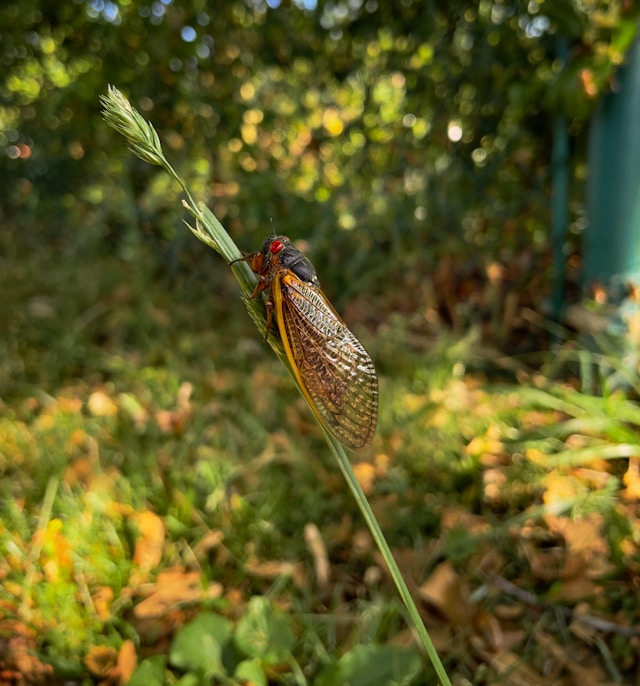Cicadas, especially the periodical varieties like those from Brood X, pose a significant threat primarily through their egg-laying behavior. Female cicadas cut slits into tree branches to deposit their eggs, which can weaken the branches, causing them to die or break off. This damage is especially concerning for young trees and fruit trees, as it can stunt their growth and reduce fruit production.
You can use netting to protect young trees from cicadas. Fine mesh netting with holes smaller than 1 cm (0.4 inches) can be draped over vulnerable trees. The netting should be securely tied around the trunk to prevent cicadas from crawling underneath. This physical barrier is particularly useful for young trees and high-value ornamental or fruit trees. Netting should be applied before the cicadas emerge and remain in place until their activity has ceased, typically six to eight weeks.
It is also best to delay the planting of new trees until after the cicada emergence has passed. This preventive measure can help avoid the initial vulnerability of saplings to cicada damage. For existing young trees, pruning can help reduce the number of small branches that cicadas prefer for laying eggs. This method, combined with the use of netting, can significantly minimize potential harm.
You won’t be able to completely eliminate the ability of cicadas to damage your trees. Good tree health is another layer of defense: Maintaining the overall health of trees through proper watering, fertilization, and mulching can help them better withstand cicada damage. Healthy trees are more resilient and capable of recovering from minor injuries caused by cicadas. For larger, established trees, the damage is usually not severe enough to warrant extensive protective measures, as they can typically endure the periodic cicada activity without long-term effects.
By using a combination of physical barriers, timing your planting, and tree health maintenance, the impact of cicadas on trees can be effectively managed, ensuring the trees’ continued growth and productivity.
